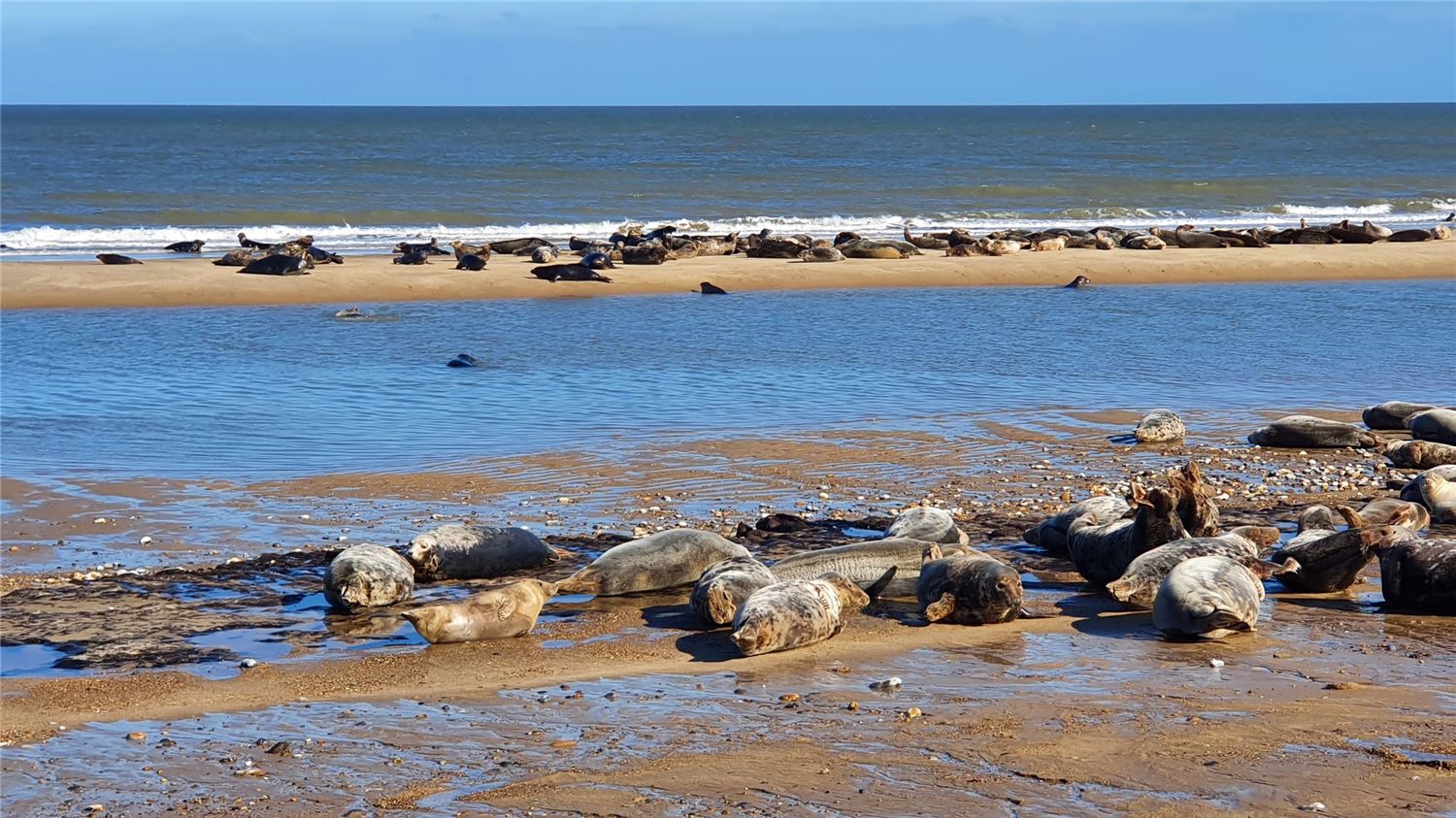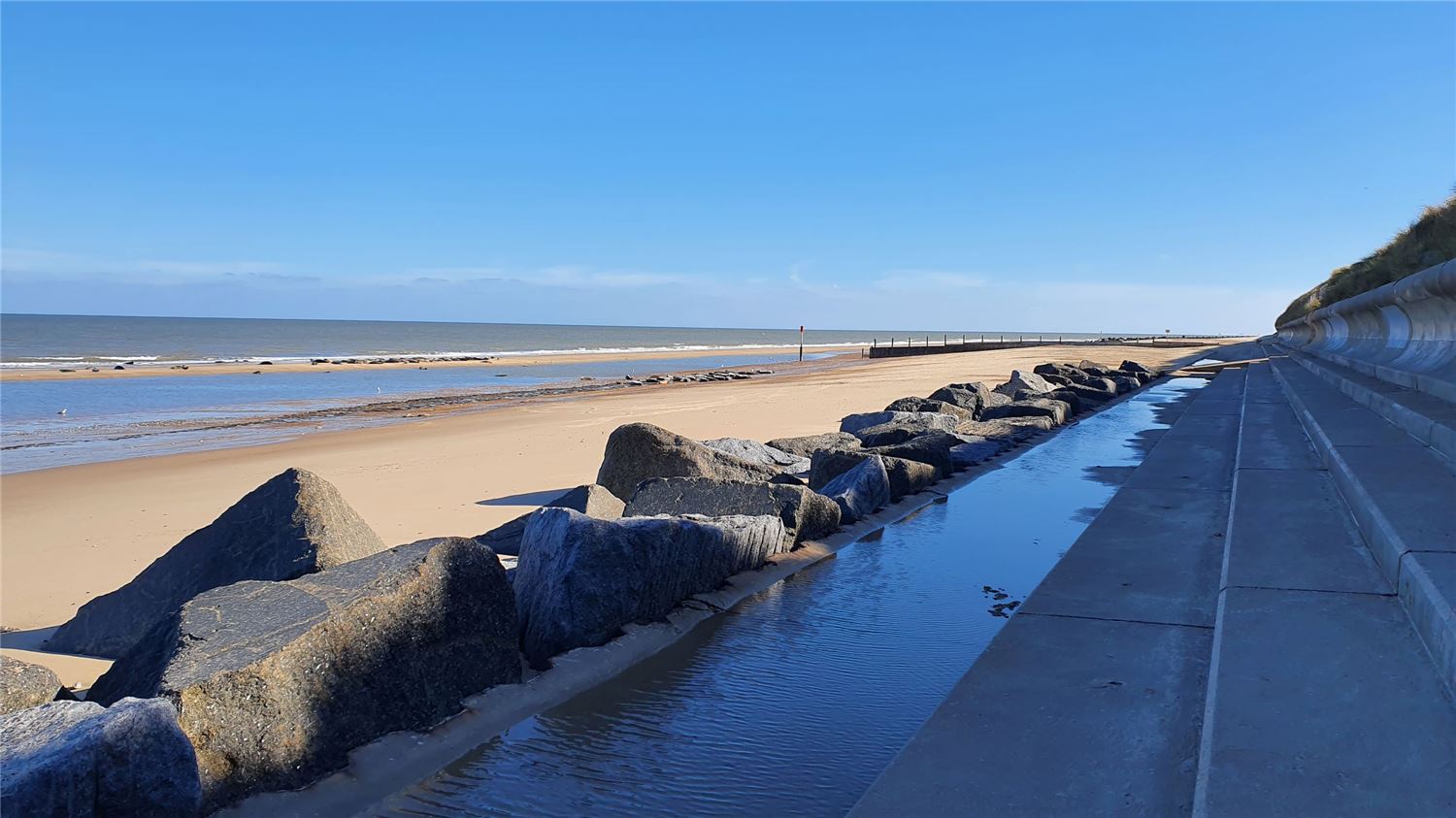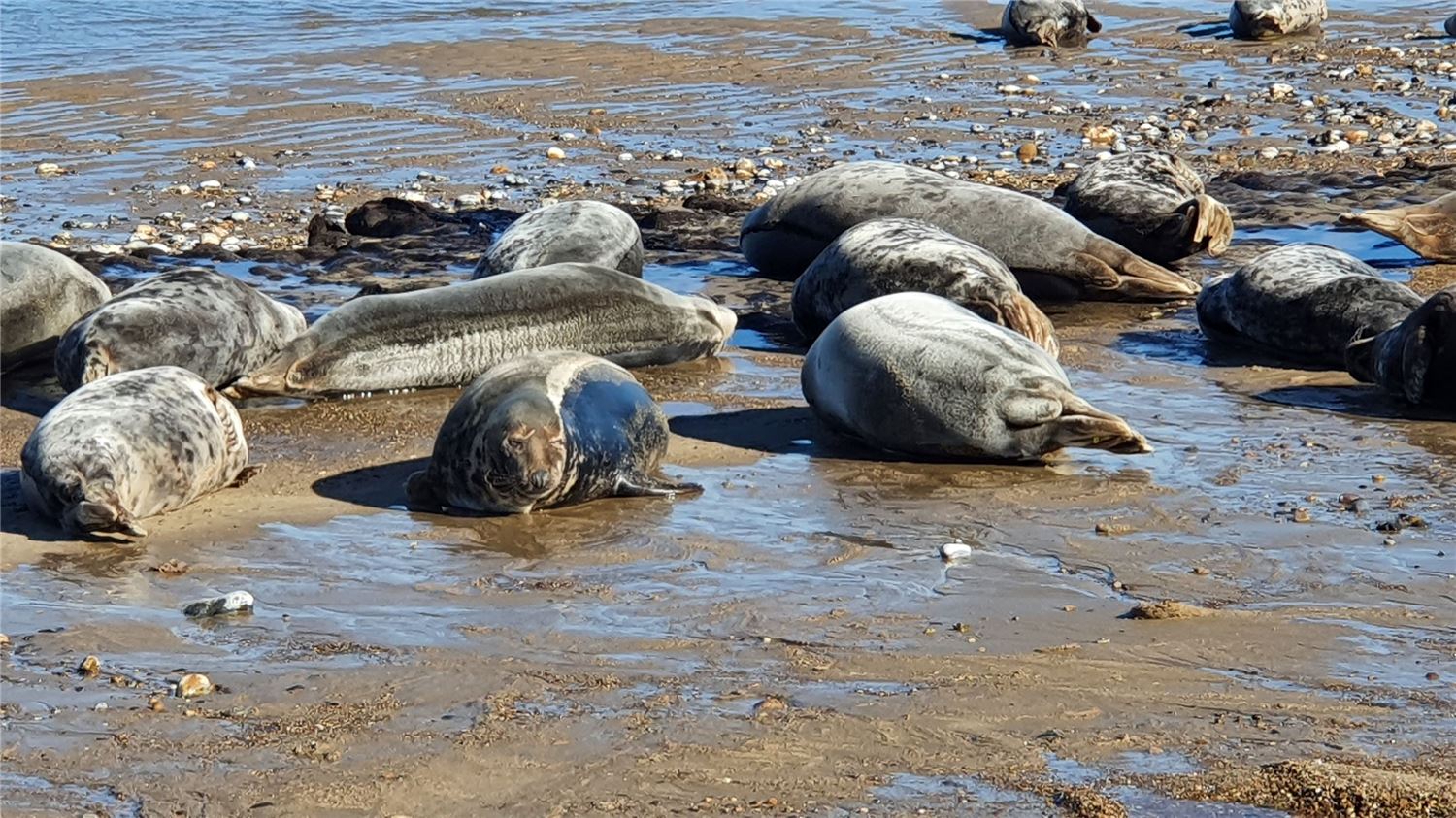Seal watching at Waxham October 2022

Keeping well back and keeping still, most ignored us. However, by looking carefully, we noticed that they have look-outs, keeping at eye on us and ready to raise the alarm. I captured this in the video. (If you plan to visit them, please read the safety tips below)
We are very lucky in the UK, as we have over 50% of the worlds population of seals, approx. 80,000 make their home around the UK. Also, between Blakeney to Horsey many seals come ashore to give birth. In 2021 over 2,000 seal pups were born. An ideal time to see grey seal pups in between late October to early January.
We finished off the trip with a cup of tea and piece of cake at Dunes Cafe Waxham Barn, a short drive from the beach, which we can highly recommend.



Common seals: (also known as harbour seals).
How are Common seal different from the grey seal? Smaller size and shorter head with a more concave forehead. Common seals have V-shaped nostrils. They are very variable in colour, from blonde to black, but generally grey with dark spots.
Length: up to 2m
Weight: between 70-150kg
Life: 20-35 years
Pups born in the summer
Pups can swim with their mothers soon after they are born
Scientific name Phoca vitulina means calf-like sealGrey seals: (also known as Atlantic seals)
Grey seals are larger than Common seals. Their nostrils are parallel, rather than v-shaped as in common seals. Most are grey, often with a darker blotches and spots that can be used to identify individuals.
Length: up to 2.5m
Weight: Males up to 300kg, females up to 200kg.
Life: 30-40 years
Pups born in the winter
Pups stay on land for at least 3 weeks when born
Scientific name: Halichoerus grypus means hook-nosed sea-pig
Safety information:
1. Check the tide first, as it can be dangerous if the tide is coming in
2. Do not approach seals, stay at least 10-15 meters away. You might spook them
3. If you have a dog, keep it on the lead and don’t let them get near the seals. Seals can bite dogs and seals get spooked by dogs
4. If they have pups, do not go and see the pups. The mothers are likely to be nearby and if you go too close, can abandon the pups, who will then die
